Want an efficient way to add fruits and vegetables to your diet? Why don’t you try juicing? Juicing is the process of extracting juice from plant matter like fruits and vegetables. Not only would this help you add more nutritional value to your existing diet plan, but it can also help you kick the habit of drinking soda or store-bought juice which are usually made with too much sugar.
Juicing is great for your health but it can be tiring, not to mention time-consuming. So, in order to make things easier and quicker, why not get a juicer? There are many types of juicers around, each with different juicing methods depending on the brand and model, which can get confusing if you don’t know what you’re looking for. Well, we’re here to help.
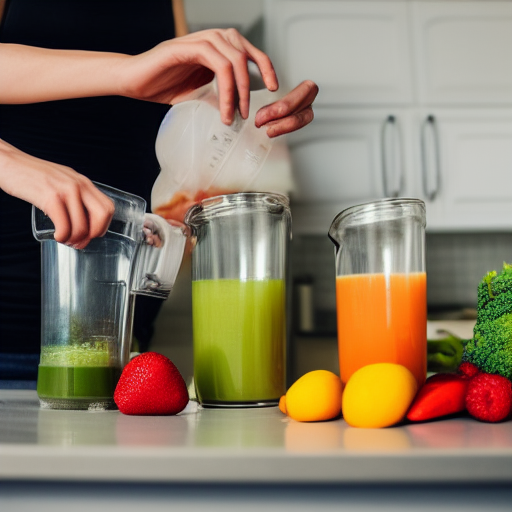
Today we’re going to cover common questions about juicing and juicers, the history of juicing, the types of juicers, and of course, the best juicers of 2022.
Brief History of Juicing
Juicing has been around the world since ancient times, precisely two thousand years ago. Researchers discovered an ancient manuscript named the Dead Sea Scrolls, found in the Qumran caves on the north shore of the dead sea. They found that ancient humans were crushing figs and pomegranates to attain “profound strength and subtle form,” which was the first recorded evidence of juicing for health benefits.
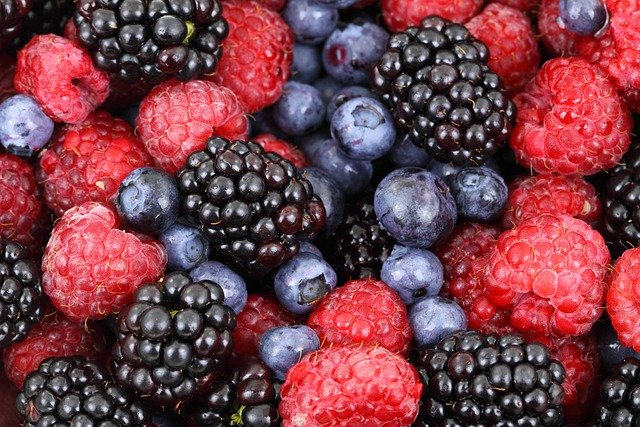
Moreover, throughout history, shamans and herbalists from earlier civilizations were known to prescribe and drink juice extracted from plants for spiritual enlightenment and religious purposes. Some of these practices still exist today, particularly in native tribes in Mexico, where they drink brews extracted from cacti with psychoactive substances.

Aside from altering consciousness, juicing was also historically done to aid in different ailments, such as treatments for alleviating pain, stomach aches, fever, and all sorts of illnesses. One particular plant called the opium poppy was historically made as a tincture for pain relief in historical times. In modern times, the opium poppy is used to create morphine and, unfortunately, heroin.
It was only in the early nineteenth century when juice extraction was finally cemented into place when humans discovered and invented machines to extract juice from fruit—especially oranges exclusively. Later on, when pasteurization was discovered, it allowed juicing industries to produce juice on a bigger scale since the shelf life of juices was now vastly improved.
However, one particular discovery In 1869, a dentist named Thomas B. Welch discovered a way to process stored grape juice without it turning into wine or alcohol. His method involved boiling the juice to kill off the yeast responsible for the fermentation process of wine. He proposed that his invention was purposely made and should be used by Christian practitioners so they won’t drink alcoholic beverages during communion service, wherein a small amount of wine is drunk.
It was not until the 1920s when Dr. Max Gerson proposed that juicing and diet could be used as cures for cancer and other diseases. Ten years later, when food author and raw food pioneer Dr. Norman Walker invented the first juicing machine, it was now possible to juice fruit right inside the comfort of our own homes.
In the 1950s, the Champion juicer was invented and mass-produced so that Americans have excellent and accessible juicing equipment at home. However, people later believed that its high-speed turning rod of 4,000 rpm caused juice to lose its quality and nutrients.
However, researchers later debunked this in studies, such as two 2019 studies comparing cold press juicing versus centrifugal juicing and the effects of heat in juicing, which revealed that this was indeed not true and centrifugal juicing does not negatively affect the benefits of fruits and veggies.
Fast forward to 1993, the first twin-gear juice extractor was produced, which utilized a method of pressing the fruit in a motion similar to mortar and pestles instead of heating it. Using this method, the juice’s quality and nutritional value were now more effectively preserved.
Types of Juicers, their Pros, Cons, and Price Range
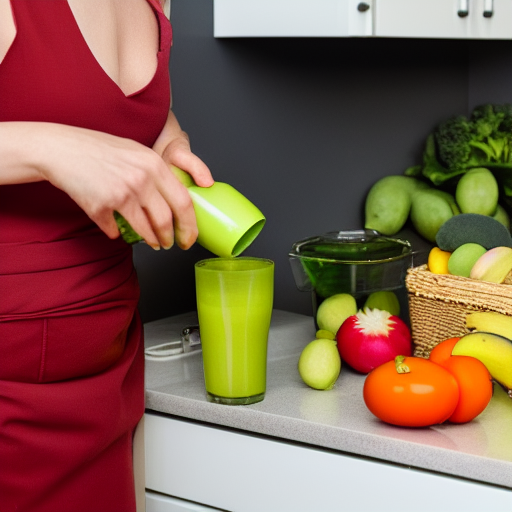
There are different types of juicers based on the method they use to extract juice from fruits and veggies and some are more effective at extracting juice than others. Some are more effective at getting the total amount of juice, while others are better at preserving the nutritional value of the juice.
Now, let’s find out the best type of juicer for you.
Centrifugal Juicers
To extract the juice stored inside a fruit and veggies, centrifugal juicers use a cutting disc, essentially a disc-shaped grater, to rip and shred the ingredients. The juice that has been released is subsequently drawn by centrifugal force to the disc's edge, which is covered with a tiny mesh wrap.
The juice is then separated from the leftover pulp as it travels through the mesh. The filtered juice is funneled out of the juicer through a spout and into your chosen container after trickling below the cutting wheel.
Pros:
- Preserve the Nutritional Quality of the Juice - Contrary to popular belief, centrifugal juicing does not affect the quality of juice, and researchers later discovered that the nutritional values of juice are affected by the method of how you store it.
In a 2019 study about the effects of cold-pressed and centrifugal juicing on quality attributes of fresh juices, researchers found that there is no significant difference between the content of bioactive compounds and antioxidant capacity of cold-pressed juices to those of the regular (centrifugal) ones.
- Easy to use and beginner friendly - This type of juicer isn’t that complicated to use, and some even juice with one press of a button or a turn of a knob.
- Reliable - Well, it depends on the brand, but the most well-known brands are generally very reliable.
- Affordable - Most centrifugal juicers are affordable compared to other juicers.
- Fast - Centrifugal juicers are fast with a speed of 6,000 to 14,000 RPM. Because of how rapidly these juicers work, you’ll have fresh fruit juice in seconds.
- Take minimal space in the kitchen - Most centrifugal juicers are compact and easily fit on any kitchen surface. Moreover, there are also battery-powered centrifugal juicers, which are a fantastic option if you’re looking for portability.

Cons:
- Lower shelf life - Due to the blade's high-speed action, this produces a lot of oxidation into the juice that may affect the juice's shelf life, which in turn affects the nutritional value.
- Loud - Centrifugal juicers act similarly to blenders, and if you have a blender at home, it’s not exactly the quietest appliance around.
- Lower juice yield - Because of the centrifugal force, the pulp is drawn to the edge of the disc and may still contain a fair amount of juice.
Price Range:
- Amazon - $4.99 (portable juicer) to $2,887
- Walmart - $32 to $500
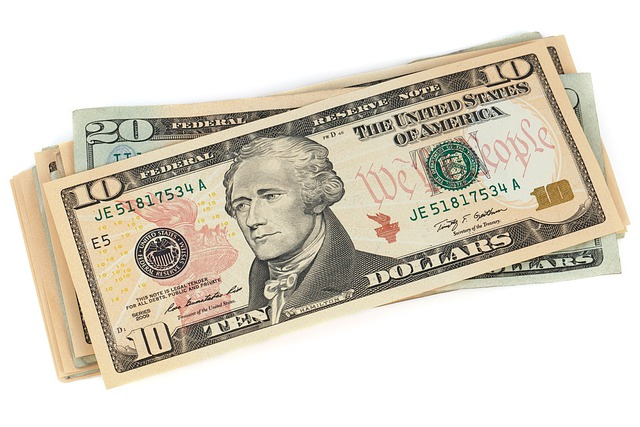
Masticating Juicers
Masticating juicers, also called “slow juicers,” are derived from the word “masticate “ which means chew, and that’s kind of like how this juicer works. These types of juicers utilize a radically different method of juice extraction wherein it slowly crushes ingredients under high pressure to squeeze the juice out of them.
Slow juicers press ingredients with an augur (big screw) or a set of gears that grip and drag the contents downward and typically operate between 40 and 150 RPM.
A finely perforated screen separates the juice from any pulp that remains after the ingredients have been squeezed to extract their juice. The juice is then funneled through the screen and into an appropriate container for collection.
Pros:

- Higher quality juice - You can extract higher levels of vitamins and minerals thanks to this masticating approach. The resulting juices are substantially higher in quality and nutritional content.
- Higher juice load - Masticating juicers can effectively squeeze more juice from fruit and vegetables since it is more thorough in their approach to juicing.
- Reliable - Masticating juicers are produced with high-quality parts to serve their function effectively. Moreover, their slow motion in juicing preserves the mechanical parts from excess heat, which is otherwise more apparent in a centrifugal juicer due to its high speed.
Cons:
- Slow - The name says it all; masticating is a very thorough approach and significantly slows down the juicing process. While you’ll have better juice quality, it’s not the best choice for quick juice.
- Expensive - Because of their higher-quality parts, masticating juicers can get substantially more expensive than their centrifugal counterparts.
- Harder to clean - The gear or augur can be very hard to clean, especially when lots of plant fiber sticks to their surface.
Price Range:
- Amazon - $39 to $1,799
- Walmart - $40 to $385
Triturating Juicers
Triturating or “twin-gear” juicers are precisely the same as masticating juicers. However, the critical difference is that triturating juicers utilize two augurs. By opting for this design, triturating juicers expend less strain on the motor, squeeze juice even more efficiently, and are faster than single geared or masticating juicers.
Pros:
- Faster - Because of two augurs, triturating juicers juice faster than masticating juicers and expend less energy and strain on the motor. However, centrifugal juicers are still much quicker.
- Squeeze more juice effectively - Because of twin-geared juicing, this type of method juicer is more effective at juicing ingredients, especially leafy greens and nuts, which are much harder to juice in centrifugal juicers.
- High-quality juice and Higher juice yield - Since it does the same as a masticating juicer, triturating juicers also benefit from more high-quality juice.
Cons:
- Expensive - Like single-gear juicers, this type of juicer also fetches a hefty price tag.
- Slower but better - Even using two augurs, triturating juicers are still significantly slower than centrifugal juicers.
- Harder to clean - If one gear is hard to clean, now imagine cleaning two. It’s harder to clean because you’ll be cleaning an extra gear which should also contain another set of plant fibers that needs to be washed away.

Price Range:
- Amazon - $317 to $600
- Walmart - $449 to $899
Juicing Press
Juice press machines do exactly what their name suggests; they press juice. These juicers use a pneumatic or a hydraulic press to extract juice from fruit and vegetables. They are great for juicing if you want to extract juice from ingredients similar to masticating juicers thoroughly. However, unlike masticating juicers, juice press machines don’t use a revolving action.
Pros:
- Extract juice more effectively - A juice press can squeeze the juice out of plant material rather than having to grind plant matter to produce juice like centrifugal juicers. This way, a juice press can yield a higher amount of juice.
High-quality juice - Because no heat and oxidation is involved occur, the juice you extract will have a longer shelf life which can preserve the nutritional quality of the juice.
- Make other types of food - Due to the pressing action, you can also make other ingredients like butter and nut oils.
Cons:
Slow - Similar to masticating and twin gear juicers, this type of juicer is also very slow as it uses a pressing motion instead of a revolving one.
- Cumbersome - Hydraulic presses need more power when compared to centrifugal juicing; this effectively means that more intricate and larger mechanisms are used to make the machine operate, which can contribute to their larger size.
Price Range:
- Amazon - $109 to $2,849
- Walmart - $40 to $1,169
Steam Juice Extractor
Steam juice extractors are very different from their other juicing counterparts since they do not use any type of mechanical extraction process. It uses steam to gently cook ingredients suspended above a kettle of boiling water in a perforated basket. This type of juicing is excellent if you want to make a large batch of juice since you’ll only need to wash and put as many ingredients as possible in the steamer.
Steam extractors are also excellent for unrefrigerated storage since steam kills off bacteria or pathogens that may oxidize or ferment the juice. Make sure the juice directly flows into a sterile, air-tight container.
Pros:
- More juice at a time - Since you can juice in batches, steaming is great if you want to stock up on juice.
- Little to no prep - Aside from washing, you don’t have to do anything with your ingredients, such as peeling or pitting them.
- Safer to drink - Because of the heat, the juice is extremely sterile and free from pathogens, even if you store it for longer periods.
Cons:
You can’t drink the juice right away - Since the contents of the juice are hot, you won’t immediately have refreshing juice. That’s why this method is best when you’re making batches for later consumption.
- Slow - Since you’ll have to assemble the steamer, wait for the water to boil, and for the juice to extract, this method could be longer if you want to juice fast.
Price Range:
- Amazon - $99.99 to $178
- Walmart - $89 to $185
Top 5 Juicers in 2022

Nutribuller Slow Juicer (Best Overall)
Features:
- Uses a high-torque 65 RPM motor to ensure that fruits and vegetables are thoroughly masticated into delicious juice.
- Ultra-compact, which means it can fit snuggly into your kitchen counter without having to worry about space consumption with dimensions of 7" L X 6.25" W X 17" H.
- Equipped with a durable steel-tipped auger, durable plastics, and stainless-steel sieve that ensures excellent durability and reliability.
- Priced at $189 on Amazon as of August 2022.
Hamilton Beach Big Mouth Juicer (Best Budget)
Features:
- Equipped with an extra-large 3-inch feed chute so you can fit whole fruits and vegetables without having to slice them, which can save you lots of time.
- All removable parts are dishwasher safe, so cleaning is as easy as 1 2 3. Never worry about struggling to get to those nooks and crannies with a sponge ever again.
- Fitted with a powerful electric motor to maximize juicing capabilities through fast and efficient centrifugal juicing.
- 3-year limited warranty.
- Priced at $77 on Amazon as of August 2022
Omega Slow Juicer (Best Slow Juicer)
Features:
- 15-year coverage if you’re having trouble with the parts and, of course, performance.
- Compact so it fits into kitchen counters nicely.
- A thorough yet quiet 80RPM speed motor, makes sure that your fruits and vegetables are juiced more effectively, especially when using it for extracting those vital nutrients and vitamins from even small amounts of fruits, vegetables, leafy greens, and wheatgrass.
- Never stop juicing with a continuous pulp ejector.
- Why limit yourself to juicing when you can also extrude pasta, grind your morning coffee, make herb and spice mixes, turn nuts into nut butter, make nutritious food for your babies, satisfy frozen dessert cravings, or even whip up a nutritious glass of soy milk in a cinch.
- Priced at $229 on Amazon as of August 2022
Kuvings Whole Slow Juicer (Best Cold Press Juicer)
Features:
- Get the most out of your fruits and vegetables with the Kuvings patented 50RPM low-speed masticating technology to ensure you’ll get the maximum vitamins, minerals, and enzymes every time.
- An 82mm (3.2-inch) feeding chute fits whole fruits and vegetables, which mean you won’t have to slice them and go straight to juicing right away!
- Equipped with a quiet yet powerful 240W motor that’s as effective as it is durable.
- Excellent for making smoothies, baby food, nut milk, and sorbets.
- 10-year warranty
- Priced at $599 on Amazon as of August 2022
Mueller Ultra-Power Juicer (Best for Beginners)
Features:
- Never have to worry about kitchen counter space again with its ultra-sleek and compact design.
- Armed with two settings specially designed for specific fruits and vegetables. Use the 12,000 to 15,000RPM “1” setting for softer fruits like berries, oranges, tomatoes, and apples. If you need a little more power for ingredients that are harder to juice, the 15,000 to 18,000 “2” setting makes short work of carrots, beets, kale, ginger, nuts, and celery.
- The cutting disc is surrounded by a micro-mesh filter which means more juice, vitamins, and minerals..
- Keep things clean and tidy with a 3-inch chute to fit whole fruits and vegetables without slicing, a safety locking arm to keep things tight, and an anti-drip function.
- Equipped in an anti overload protection system that shuts the juicer off when signs of overheating, unstable power supply, incorrect assembly, and other unforeseen problems occur.
- Priced at $84 on Amazon as of August 2022
How to Choose the Best Juicer for You

Read about the different types of juicers
Choose one that best fits the type of fruits or vegetables you want to extract
Compare prices of different brands
- Select features that are most important to you, e.g.,
Size/dimensions/appearance (will it fit on your counters/under cupboards? Does it have to be pretty for you?)
- Power and performance (how much do you need? How frequently do you plan to use it? Does it matter to you if it’s loud?)
- Durability and Quality (how frequently do you plan to use it and how long? Warranties? Customer service)
- Price/affordability (is it a short-term investment? Do you plan to juice for your entire family?)
- Versatility (can it be used to make other drinks, e.g., smoothies, sorbets?)
- Convenience/ease of use (how easy is it to use? Is it fast? How easy is it to clean?)
Conclusion
There are many types of juicers on the market and hundreds of brands as well. By knowing what juicer type and brand fits your needs and lifestyle, you’ll make a smarter choice when purchasing one. Juicing doesn’t have to be expensive, but knowing the different types and features can help you pick the right one for you so you can enjoy the beginning of a new and healthy lifestyle.
Frequently Asked Questions (FAQs)
What kind of juicer is best for fresh juice
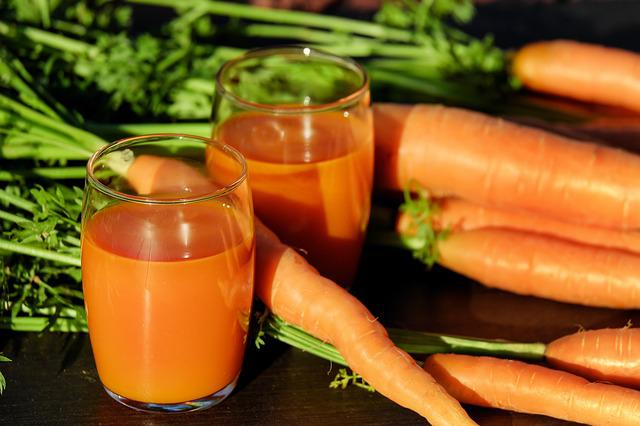
The best juicer is the one that fits your needs. If you plan on juicing a lot leafy vegetables, harder fruits, whole apple, celery juice, kale juice and citrus fruit. You'll need a more powerful juicer than if you just want to make the occasional glass of orange juice. There are many different types of juicers available on the market, so do your research before making a purchase. The new juicer have dishwasher safe components, cold spin technology, cleaning brush.
What should I look for when buying a juicer
When looking for a juicer, you'll want to consider the following:
- Price (all the juicers)
- Ease of use (juice container, compact juicer, smoothie strainer, small feed chute, stand mixers, froth separator, pulp container)
- The types of fresh produce like fruits and vegetables that the juicer can process (fresh orange juice, citrus fruits, apple juice, soft fruits)
- How much space the juicer takes up on your countertop (cooking appliances)
- Whether or not the juicer is dishwasher safe
- How often the juicer needs to be cleaned, how much pulp the juice will make.
Other factors you may want to consider include how noisy the juicer is and whether or not it comes with a warranty.
Which juicer retains the most nutrients
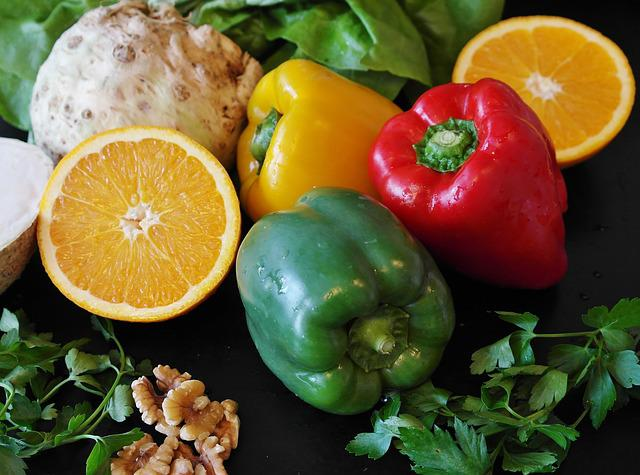
If you want to get the most nutrients out of your juicing, you need to choose a juicer that retains the most nutrients. And, when it comes to nutrient retention, no juicer does it better than the nutribullet Juicer from breville juice fountain.
The best centrifugal Juicer is designed to minimize oxidation and preserve nutrients with its low-speed auger and dual-stage juicing system. Additionally, the Slowstar Juicer has a wide variety of settings that allow you to customize your juicing experience based on what type of produce you're using. So, whether you're juicing leafy greens or fibrous vegetables, you can be sure that you're getting the most out of your juicing session.
Are masticating juicers worth it
There's no one-size-fits-all answer to this question, as the value of a masticating juicer depends on your individual needs and preferences. If you're dead-set on getting the most nutrients out of your fruits and vegetables, then a masticating juicer is probably worth the investment. However, if you're just looking for a quick and easy way to make delicious juices, then a conventional juicer may be a better option for you. Ultimately, the decision comes down to what's important to you and what fits best into your lifestyle.
How do centrifugal juicers work
Centrifugal juicers work by using a fast-spinning blade to extract juice from fruits and vegetables. The juice is then forced through a strainer, which separates the juice from the pulp.
One of the benefits of centrifugal juicers is that they are relatively affordable and easy to use. They also tend to be more portable than other types of juicers, which makes them a good choice for people who want to take their juicer on the go.
However, one downside of centrifugal juicers is that they can be noisy and they can also produce a lot of heat, which can damage some nutrients in the juice.

